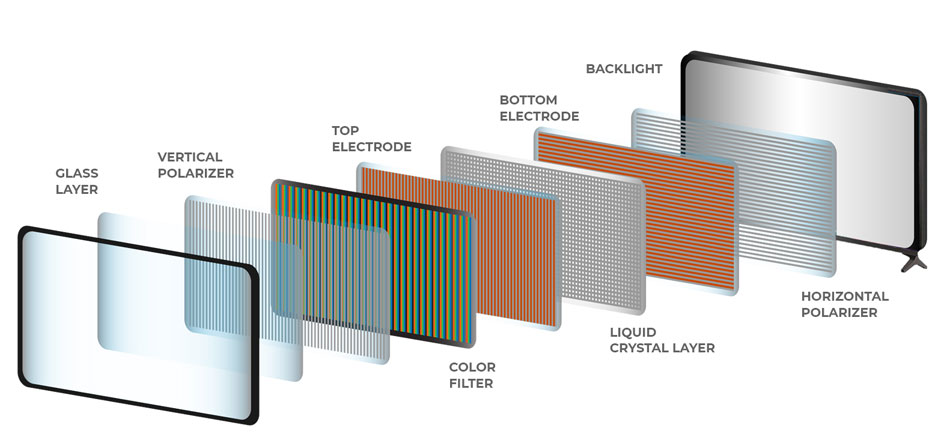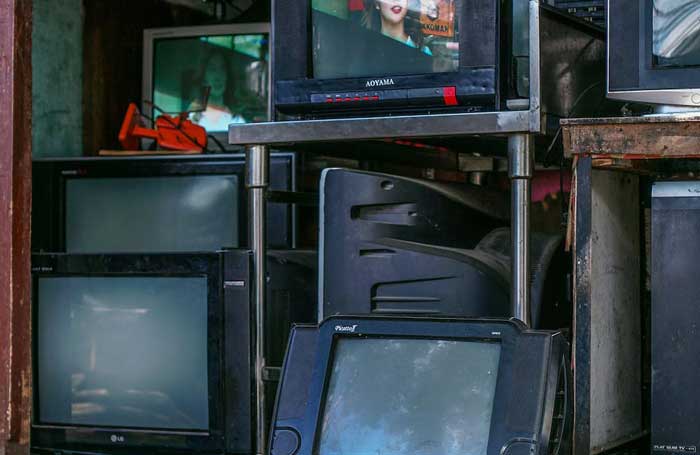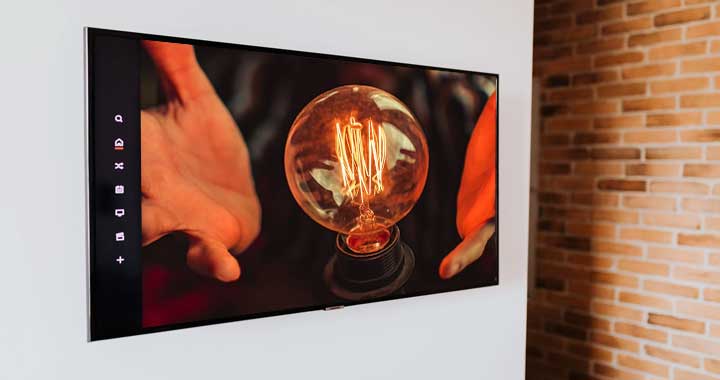Your electricity bill follows a predictable pattern as you know in advance your approximate consumption based on the time of the year or month. However, an unexpected high energy bill can be frustrating and means only two things.
One is either the power company has increased the tariffs/per unit cost of electricity or the other implies that your consumption pattern has changed. Big appliances like ACs, Refrigerators, Electric Stovetops, Geysers are the biggest contributors to your electricity bill.
However, one appliance that often gets blamed for a higher bill is your TV that unlike big appliances, consumes very less electricity but still gets singled out, may be because your kids or family members keep it running for the entire day.
How much electricity is your TV consuming?
The easiest way to calculate the power consumption of your TV is to use the Specification sheet which came with your TV.
A typical 40 to 50 inch TV would consume anywhere in the range of 50 to 150 watts per hour. This wattage is mentioned on the specification sheet either as a range or a fixed figure which denotes the power consumption at the maximum settings.
If you have that number then all it takes is a bit of simple calculations on a calculator. If you don’t have the specification sheet then you can use websites like displayspecifications.com where the specs of TVs and Monitors manufactured by all the major brands are listed.
Calculating the Power Consumption of Your TV
Let’s say you have a TV that has a 100 watts power consumption mentioned in its specification sheet. This means that it consumes 100 Watts of electricity when kept On for an hour at max settings and brightness. So if you are running it for 6 hours per day then it would consume
100 Watts x 6 Hours per day = 600 Watts per day.So, your TV is consuming 600 Watts of electricity per day when run at max settings for 6 hours per day. However, this number has to be converted to the actual cost that you are incurring and paying to the power company. Your Power Company fixes its tariff or price for every 1000 watts you use.
A 1000 watts is called a kilowatt hour (kWh) and the price for every kilowatt hour is fixed by your power company. In the United States you pay anywhere between 23 to 60 cents for every kilowatt used. This tariff or per unit cost is also mentioned on your energy bill. Also your energy bill mentions your total consumption in Kilowatt hours.
Once you have the unit cost of 1 Kilowatt Hour or 1000 watts you can use it to calculate the actual power cost for your TV.
As calculated earlier, in our case the TV is using 600 watts per day. So we would have to first convert this figure into kilowatt hours. We get this by dividing 600 watts by 1000 which gives us 0.6 kilowatt of electricity being consumed by the TV every day.
Let’s say that the power cost for every kilowatt hour (kWh) fixed by your power company is 23 cents. Now multiply the power consumption of your TV in kilowatt hours with $0.23 and you would get your per day cost of watching TV.
0.6 kilowatt hour X $0.23 USD = $0.138 USD per dayThat is approximately 14 cents per day and around $4 – $5 per month. You can also use online energy calculators for this calculation.
https://www.rapidtables.com/calc/electric/energy-consumption-calculator.html
Power Usage Depends on Many Other Factors
The power consumption of your TV depends on many factors like the TV size, the backlight technology, display technology like LED and OLED/AMOLED etc. If we talk about TV Size, it’s obvious that a bigger TV size also means more power consumption. However, factors like display technology and your usage patterns are the ones that actually decide the power consumption of your TV.
Display Technology
Most TVs these days are either LED backlit LCD display TVs or those using the Organic Light Emitting Diodes, popularly known as OLED or AMOLED TVs. LED TVs have a LED backlight which is always active whether your TV is displaying images or not, whereas OLED TVs don’t need backlighting as each pixel is capable of producing its own light.

This means that when all other factors like display size and brightness being equal an OLED TV would consume less electricity than your LED backlit TV.
Then there are Plasma TVs which have been discontinued that use significantly more electricity compared to both LED and OLED. Then there are CRT TVs that consume even more electricity and if you are still using them then you would probably be saving more by investing in a new TV rather than by saving electricity.

Resolution of your TV
A high resolution display lets say a 4K TV which has a resolution of 3840×2160 pixels or 82,94,400 individual pixels in total, would consume more electricity than a lower resolution TV. A display creates an image by manipulating the individual pixels. More pixels means more processing and memory utilization and thereby more electricity consumption by the internal electronics of the TV.
So, when all factors are equal, a 43 inch TV with 4K resolution would consume more electricity than a 43 inch TV with Full HD resolution.
Your Brightness Settings

This is one of the most important factors that decides the actual power consumption of your TV. A LED backlit TV operating at 90 to 100 percent brightness settings would consume twice the power consumed at 40 percent brightness.
This is true for both LED backlit and OLED TVs. So reducing the brightness levels can reduce the power consumption by your television. If you have a brightly lit room with sunlight coming in then some TVs would automatically increase the brightness levels.
Then there are TVs which also have small fans installed within them for cooling the circuitry. If such TVs are not kept in a well ventilated area then they may start their own fans to cool themselves off which consumes electricity.
Standby Mode Consumes Electricity
TVs that are kept on standby mode keep consuming electricity. The TVs have inbuilt voltage regulators, wireless and bluetooth cards, InfraRed sensors etc. which are kept on in the stand by mode which collectively consume electricity that although negligible is still significant if you look at the long term yearly cost.
So, The Bottom line is that your TV is probably not consuming much electricity if you compare it to other heavy weight appliances in your home. Reducing your actual watch hours is the only solution if you are still blaming your TV for your increased power consumption.
